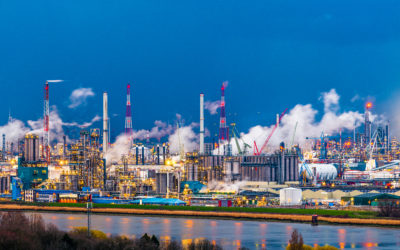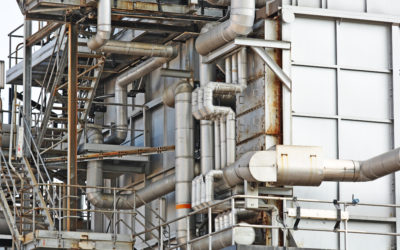How Coatings Can Help Mitigate Vibration-Related Damage in Heat Exchangers
In industrial settings, heat exchangers are critical components, ensuring efficient energy transfer in manufacturing and production processes. However, heat exchangers face a range of challenges, with vibration being one of the most significant. While vibrations themselves stem from mechanical factors such as misalignment, turbulent fluid flow, or improper installation, one often overlooked aspect is how coatings can help protect against the damage caused by these vibrations.
Understanding the Impact of Vibrations in Heat Exchangers
Vibrations in heat exchangers can lead to serious issues, including fatigue, leaks, and even complete equipment failure. A variety of factors typically causes these vibrations:
- Misalignment of components
- Unbalanced fluid flow due to high velocities
- Looseness in mechanical parts
- Resonance with external forces
Left unchecked, these vibrations can result in tube fatigue, wear and tear on structural components, and eventually, downtime due to necessary repairs or replacements.
How Coatings Help Reduce Damage Caused by Vibrations
While coatings don’t eliminate the root cause of vibration, they play a crucial role in protecting heat exchangers from the damage that vibrations can cause over time. HeatX, for example, is a revolutionary nanocomposite surface treatment designed to protect heat exchanger surfaces from wear, corrosion, and fouling, thereby indirectly mitigating vibration-related damage.
Here’s how coatings like HeatX can make a difference:
- Enhanced Durability: Vibrations lead to repeated contact and friction between parts, which can cause corrosion or material wear. A protective coating helps reduce the likelihood of surface degradation by adding an extra layer of defense against physical and chemical damage.
- Corrosion Prevention: Vibrations can expose surfaces to environmental factors, leading to corrosion that weakens the equipment. HeatX’s omniphobic properties repel water, oil, and corrosive substances, helping to prevent corrosion from taking hold. This strengthens the heat exchanger and keeps it operating at peak performance for longer.
- Friction Reduction: Coatings with low surface energy properties, like HeatX, create slick surfaces that reduce friction between components. Less friction means lower chances of material degradation due to vibrations, helping preserve the heat exchanger’s structural integrity.
Indirect Benefits of Coatings for Vibration Control
In addition to preventing damage caused by vibration, coatings offer other important advantages:
- Lower Maintenance Costs: Heat exchangers treated with coatings like HeatX require less frequent maintenance. The reduced risk of wear, fouling, and corrosion leads to fewer interruptions in operations and less downtime for repairs.
- Improved Efficiency: Vibrations can reduce heat exchanger efficiency over time as they cause mechanical issues that disrupt fluid flow and heat transfer. By protecting against surface damage, coatings help maintain optimal performance, ensuring that the heat exchanger continues to operate efficiently.
- Longer Lifespan: By reducing damage from vibrations, corrosion, and friction, coatings help extend the operational life of heat exchangers, delaying the need for costly replacements.
Addressing Vibration Issues with Proper Design and Coatings
While coatings play a vital role in protecting against damage, addressing vibration issues requires a holistic approach. Proper design, regular maintenance, and vibration monitoring systems are all critical to ensuring that heat exchangers remain in top condition. Coatings like HeatX serve as an added layer of protection that enhances the durability and longevity of the system.
While coatings alone may not solve the mechanical causes of vibration in heat exchangers, they play a critical role in preventing the damage that vibrations can cause. Products like HeatX protect surfaces from corrosion, wear, and fouling, helping to ensure that heat exchangers can operate reliably for years to come. By combining the protective power of coatings with proper maintenance and design, industries can significantly reduce downtime, cut maintenance costs, and extend the lifespan of their equipment.
Reach out to our experts and learn how HeatX can work for your heat exchangers.



